Not-for-profits that rely on a single income source, or only a few, are vulnerable to economic shocks. The COVID-19 pandemic has made this particularly clear. Most organizations have had to scramble to make up for lost revenue when at least some of their usual support dried up in 2020 — and has been slow to return. If you’ve had a hard time staying afloat over the past couple of years, you may need to diversify your nonprofit’s income stream.
Four steps to better diversification
In general, financially stable nonprofits have multiple revenue sources, with no one source accounting for more than 25% or 30% of the budget. If your revenue stream is narrower than this, take the following actions:
1. Alert your board. Sometimes, nonprofit boards of directors are reluctant to add revenue streams. Visual aids can help them understand the need. It’s easy to generate a pie chart in Excel that will show each source as a percentage of the total revenue. You also might want to include benchmarking data that shows how your revenue mix compares to those of peer organizations.
The initial evaluation should include a review of future plans and anticipated expenses, too. Present your board with multiple scenarios where those costs are compared to revenues with and without the current revenue sources. Seeing how eliminating a revenue stream could jeopardize (or has already jeopardized) your mission may be the nudge reluctant directors need to embrace diversification.
1. Pinpoint new revenue sources. Keep everything on the table as you begin considering a wide range of potential sources. Weigh the pros and cons of each, including implications for staffing and other resources, accounting processes, unrelated business income taxes and your organization’s exempt status. In addition, assess how well-aligned potential sources are with your mission. For example, has that foundation grant you’re thinking about pursuing ever been awarded to another nonprofit serving your population?
2. Avoid resource strain. You don’t want to put all your eggs in one basket, but you also don’t want to depend on too many “baskets.” Every new revenue stream will require its own strategy and implementation. Each plan should include initial and ongoing budgets, as well as any new systems, procedures and marketing campaigns that will be needed. Plans should also have timelines with milestones to facilitate monitoring.
3. Review progress monthly. Take the time at the end of every month to closely review each revenue source. Is it living up to expectations? Is it costing more than expected or falling short of revenue projections?
When a source doesn’t pan out
Not everything that glitters turns out to be gold. If a new revenue source doesn’t pan out over time — particularly if it demands significant staff effort — eliminate it and move on. Contact us for help evaluating current income and for revenue stream ideas.



